Away from the ‘big three’ tourist cities of Samarkand, Bukhara and Khiva, Uzbekistan has a different side. We headed north from Khiva towards the Kyzyl Kum desert, to explore the ancient khanate of Khorezm. Around 50 kilometres north, surrounded by farmlands, we found our first site – a palace and Zoroastrian temple complex dating from the 3rd or 4th Century CE, Topraq Qala. In the middle of nowhere, with the site almost to ourselves, we were free to wander the mud-brick ruins and imagine its grandeur back in its heyday.
It’s remarkable how much detail still remains after more than 1,500 years of exposure – archways, stairs and fireplaces.
The complex includes walls enclosing around half a hectare, which would have protected the town supporting the palace – estimated at some 2,500 inhabitants.
Nearby fort Kyzyl Qala, built around the same time, is undergoing a complete restoration. Workers were making traditional mud-bricks and recladding the entire structure.
Pushing further north into the desert, we came to Ayaz Qala, a complex of three forts spanning different eras. With a yurt camp nearby, we chose to stay the night and explore the area as the sun set.
The largest fort, perched on the flat hilltop, is thought to date back to the third or fourth century BC – almost 2,500 years old. Again, we were free to wander and climb through the structure, with no-one else in sight.
There’s a second, more modern fortress below, dating between the 6th and 8th Centuries CE – the best view is from the corner tower of the higher fortress.
After the exhausting walk back across the sand (we took a rest half way), we watched the sun set over the desert and fort, beer in hand (well, we’ll be in Iran soon, so we’re taking advantage while we can!)
Pushing north and west to the provincial capital, Nukus, we crossed more featureless desert – I felt quite at home, reminiscing about the deserts of Australia.
One of the greatest environmental disasters ever caused by mankind is near here – the disappearance of the Aral Sea. With up to 90% of its inflowing water drawn off to irrigate the ubiquitous cotton fields since 1960, it has shrunk to less than 8% of its size and had a huge increase in salinity. The climate of the whole surrounding region has changed vastly, now being subject to sandstorms and a severe lack of rainfall (exacerbating the inflow problem). We took a day trip to the town of Moynaq – once a prosperous fishing port, with a large canning factory and strong economy – now, it’s a dusty wind-swept ghost town.
Just north of the town, where the lake’s edge used to be, the rusting hulks of former fishing boats lie beached in the desert’s sands – the nearest water now over 120 kilometres away.
Although they’ve long since been stripped of anything of value, there’s still plenty of interesting detail.
Our last stop in Uzbekistan was the Savitsky museum in Nukus. During Soviet times, most art that didn’t support the revolutionary or political messages of the day was suppressed and destroyed. Igor Savitsky, a Russian ethnographer, managed to save a huge collection of work over the decades by spiriting it away to Nukus. Sadly, no cameras allowed inside, but we enjoyed it.
A quick run back down to Khiva brought us to the border with Turkmenistan, where we hope to enter tomorrow – although we don’t have the proper invitation letter yet, just the code given verbally on the phone by the embassy, so hopefully we don’t have too much trouble.

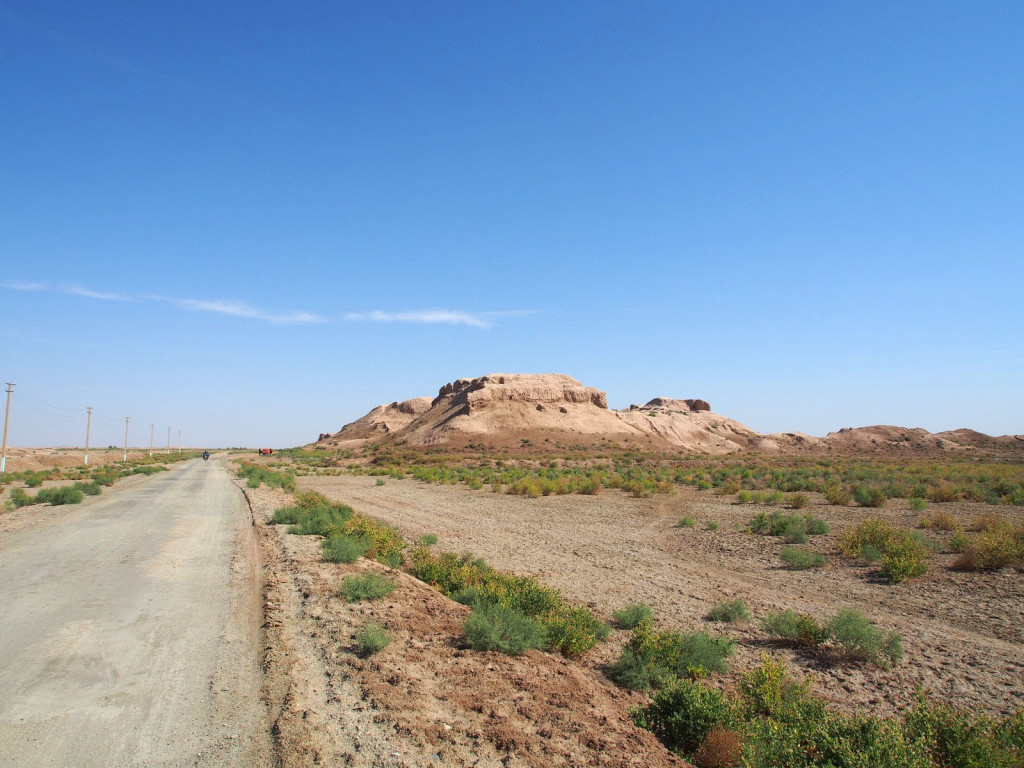

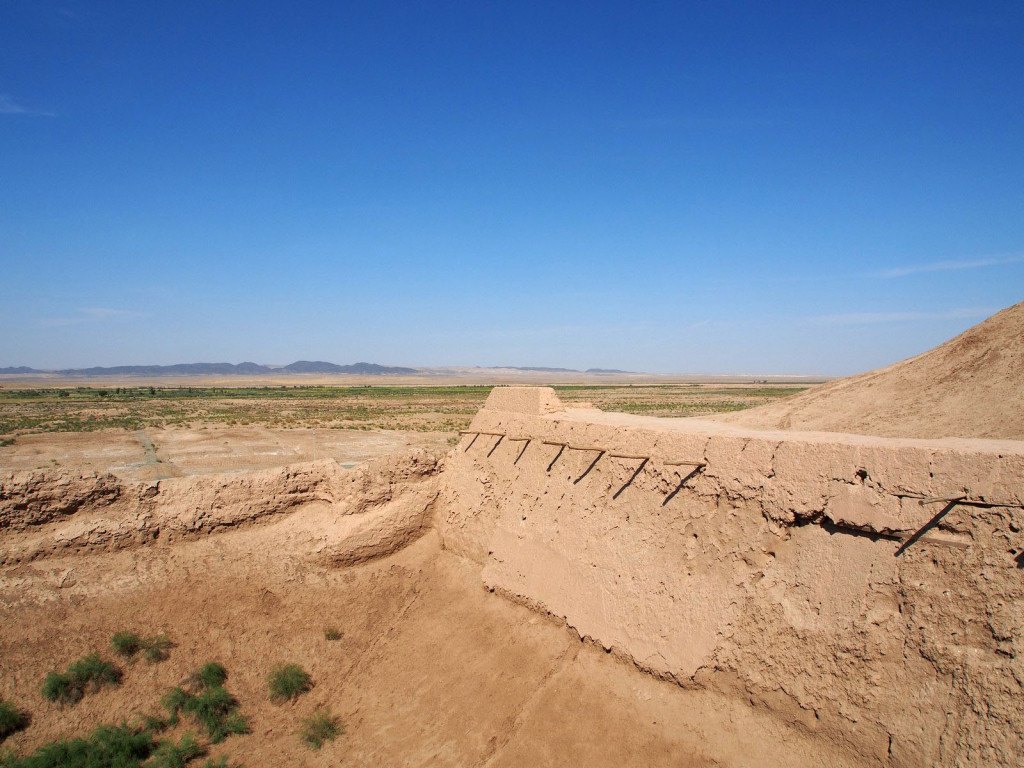
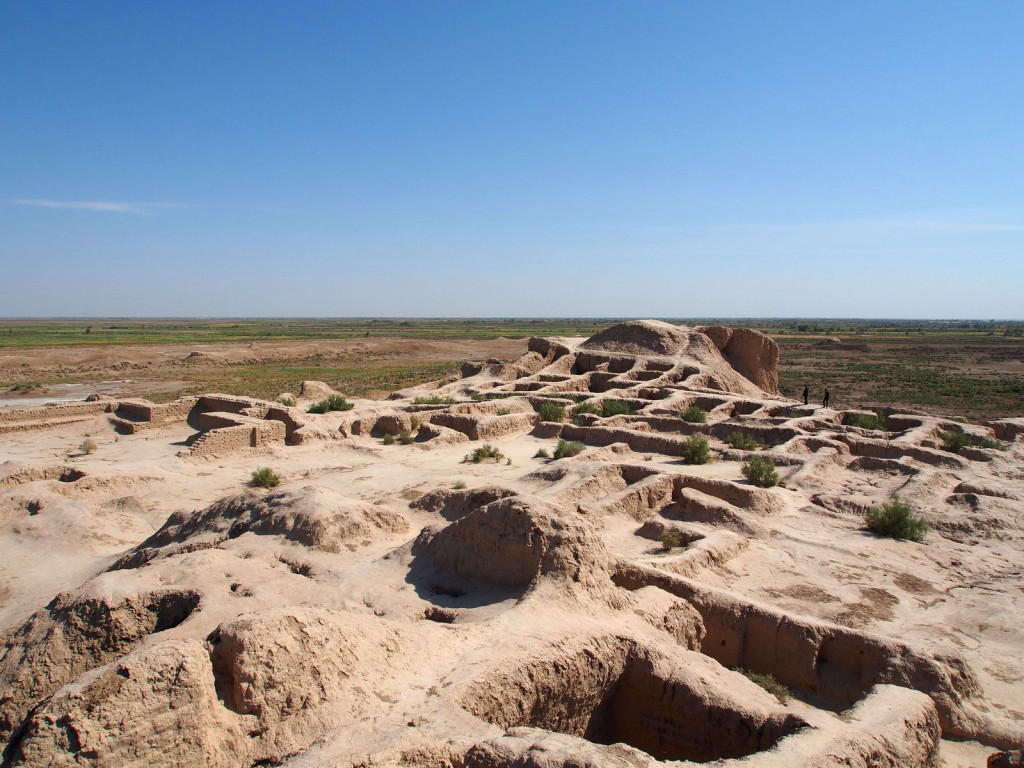
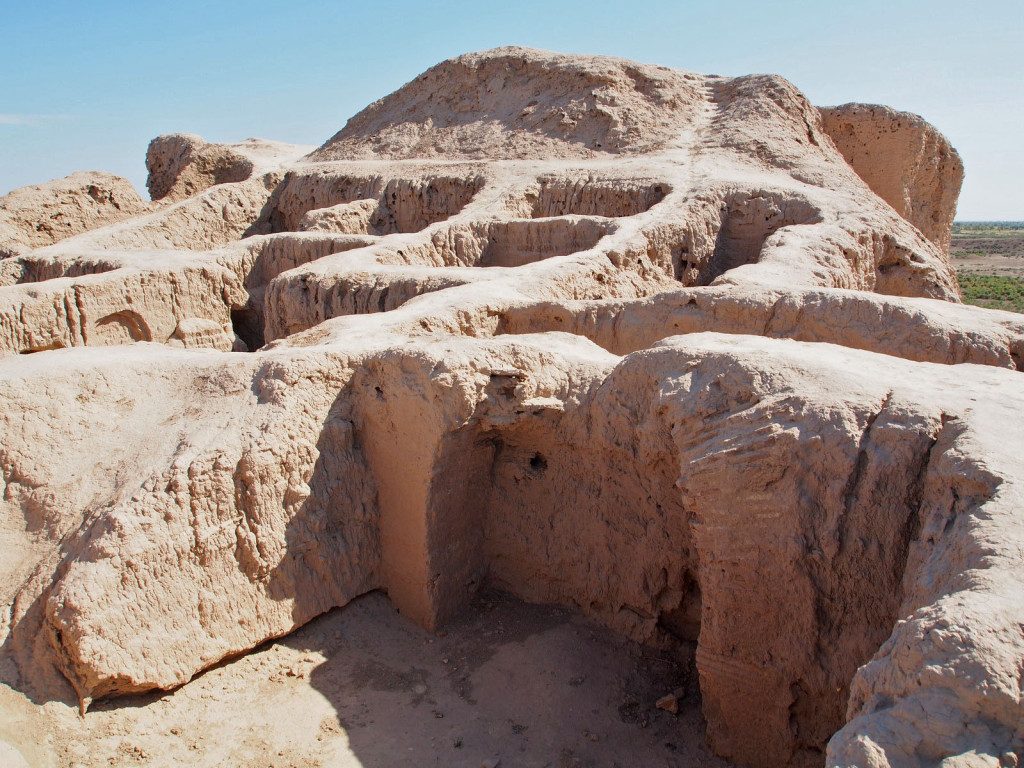
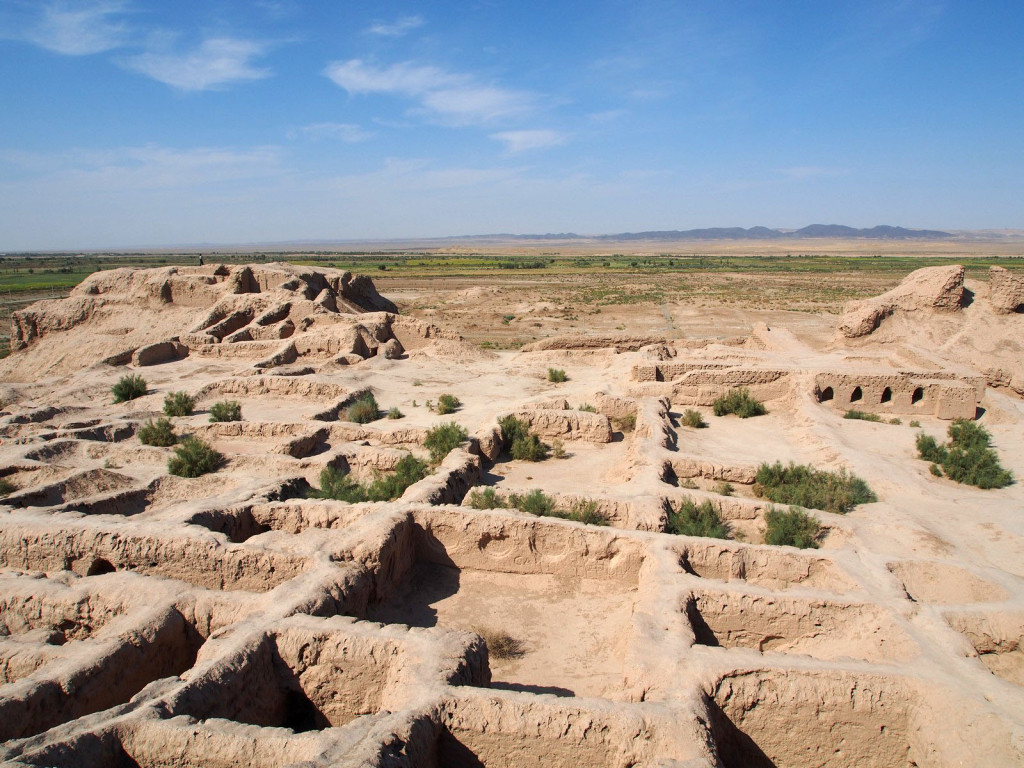

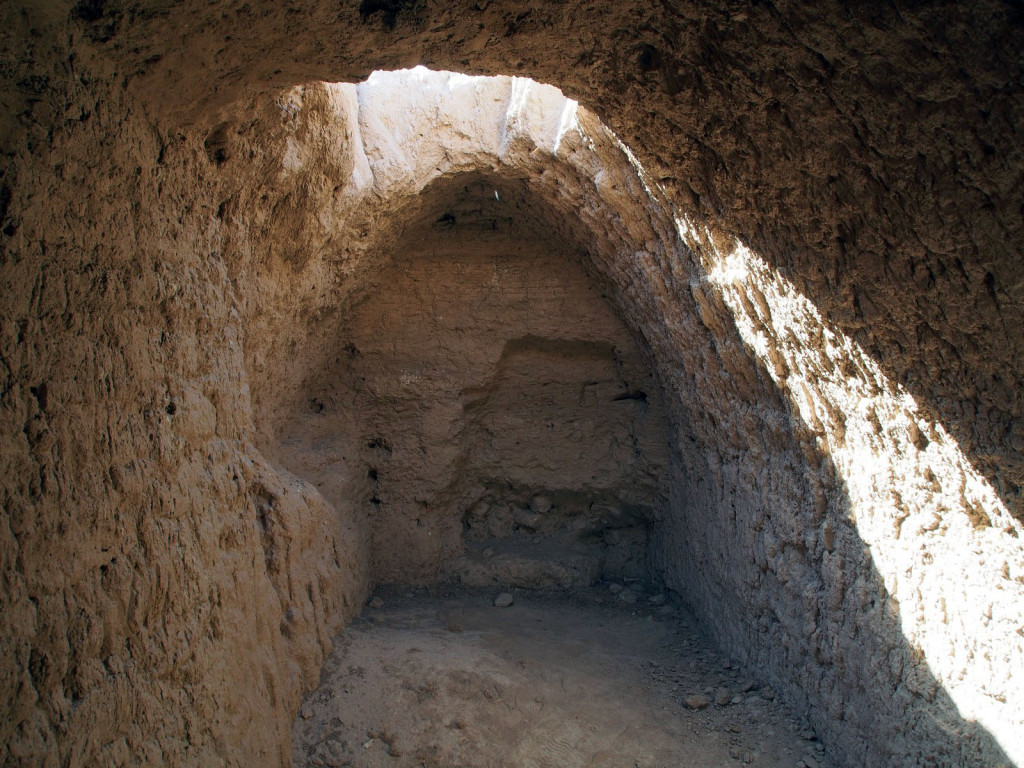
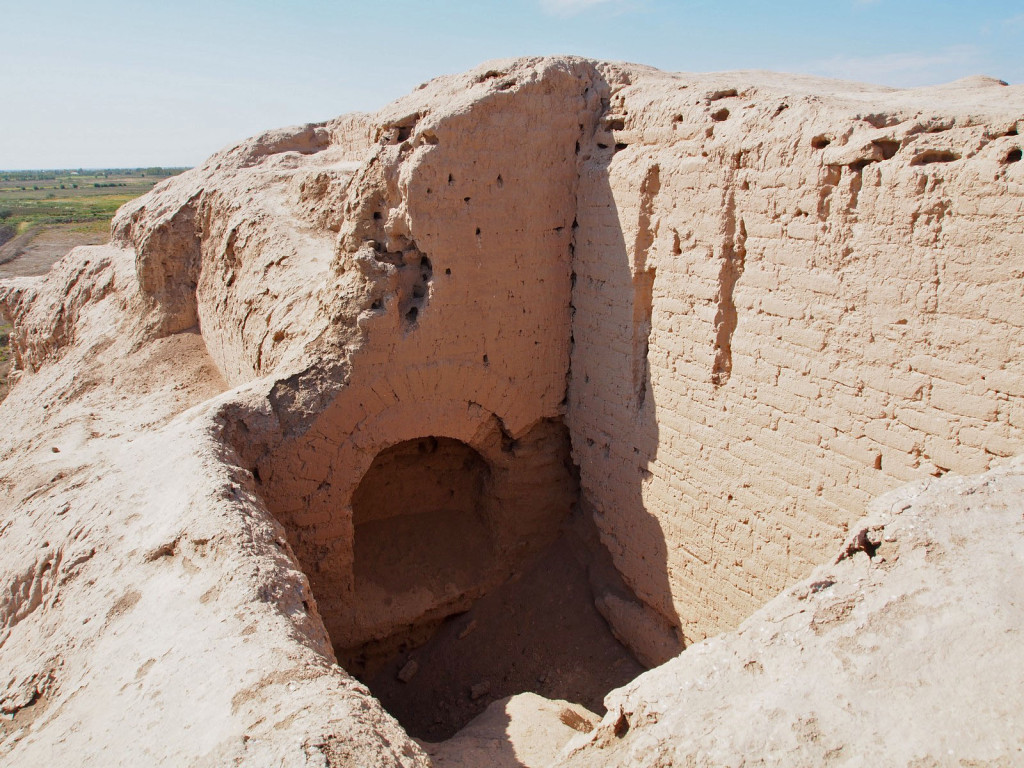
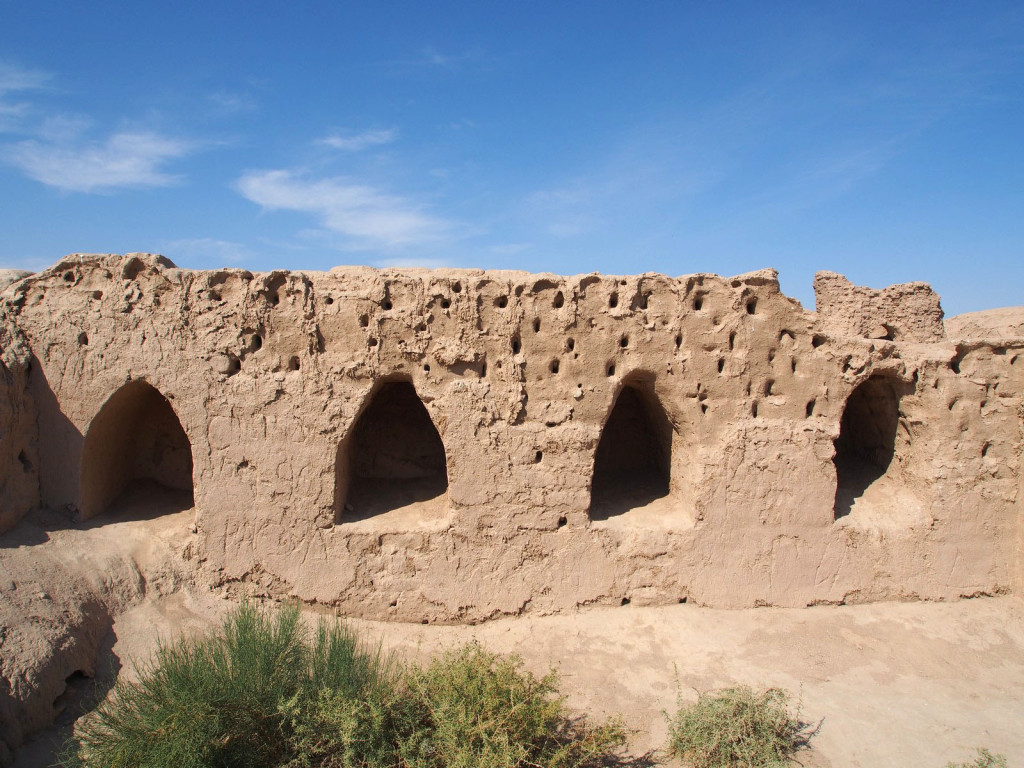


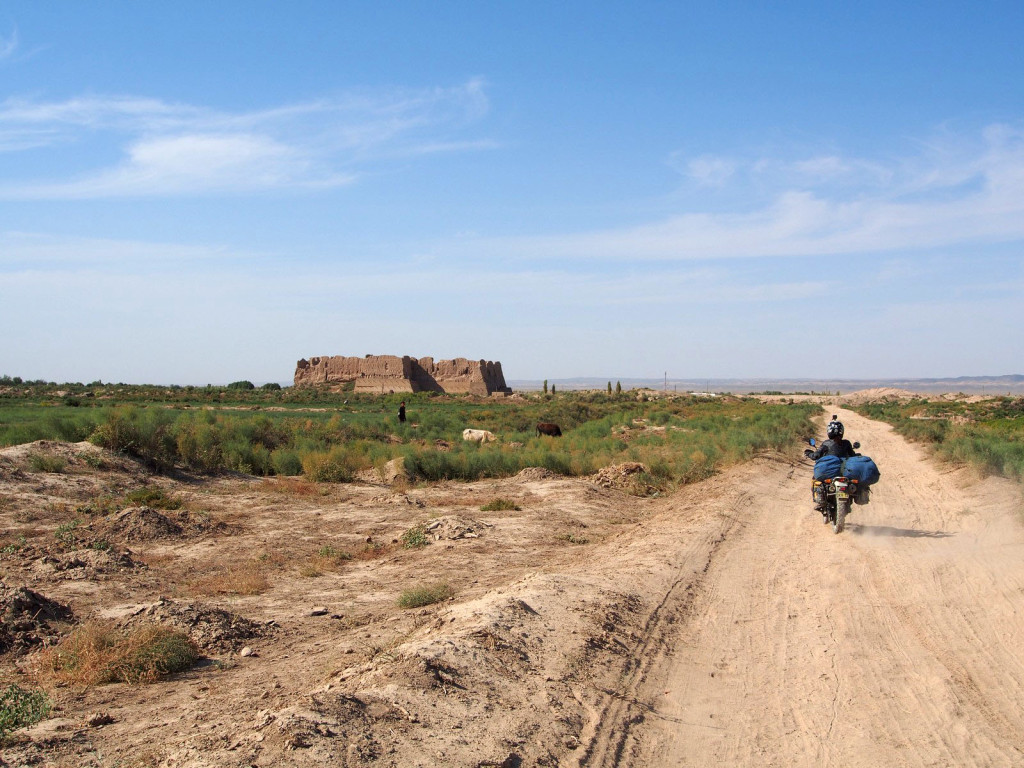
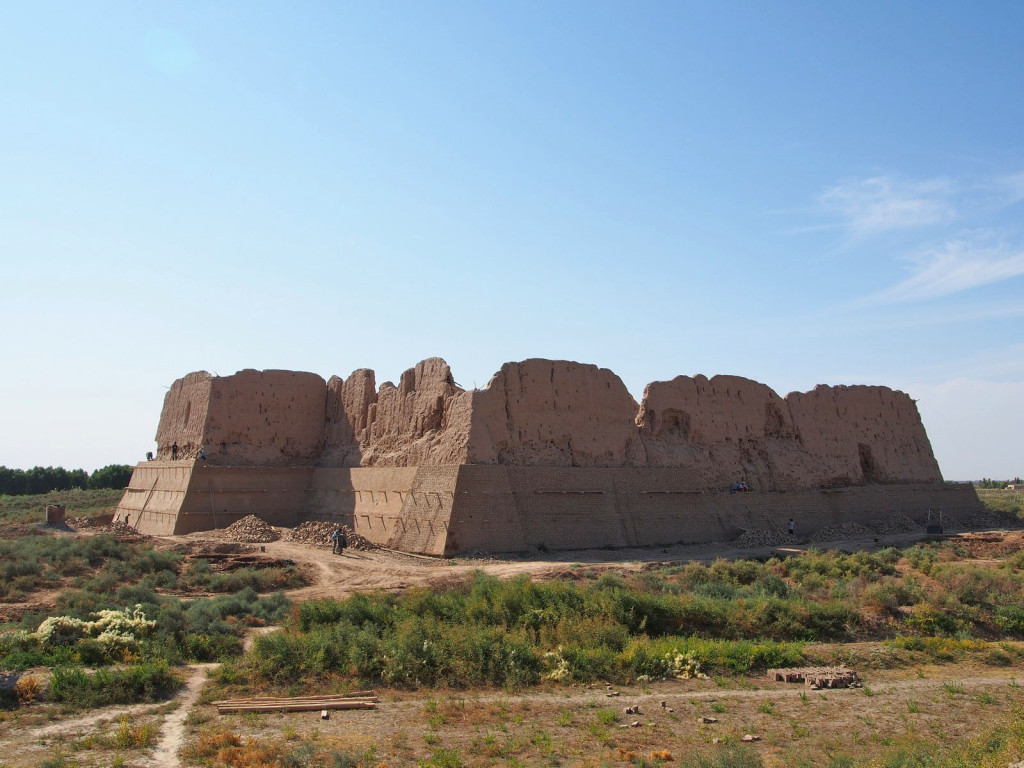
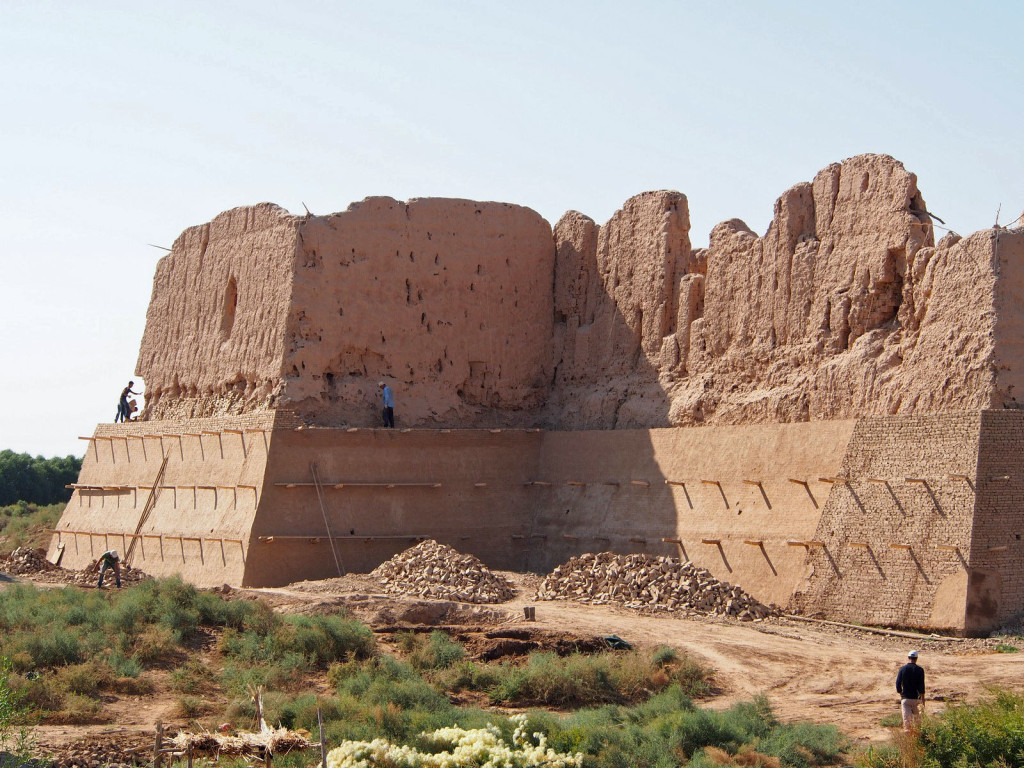
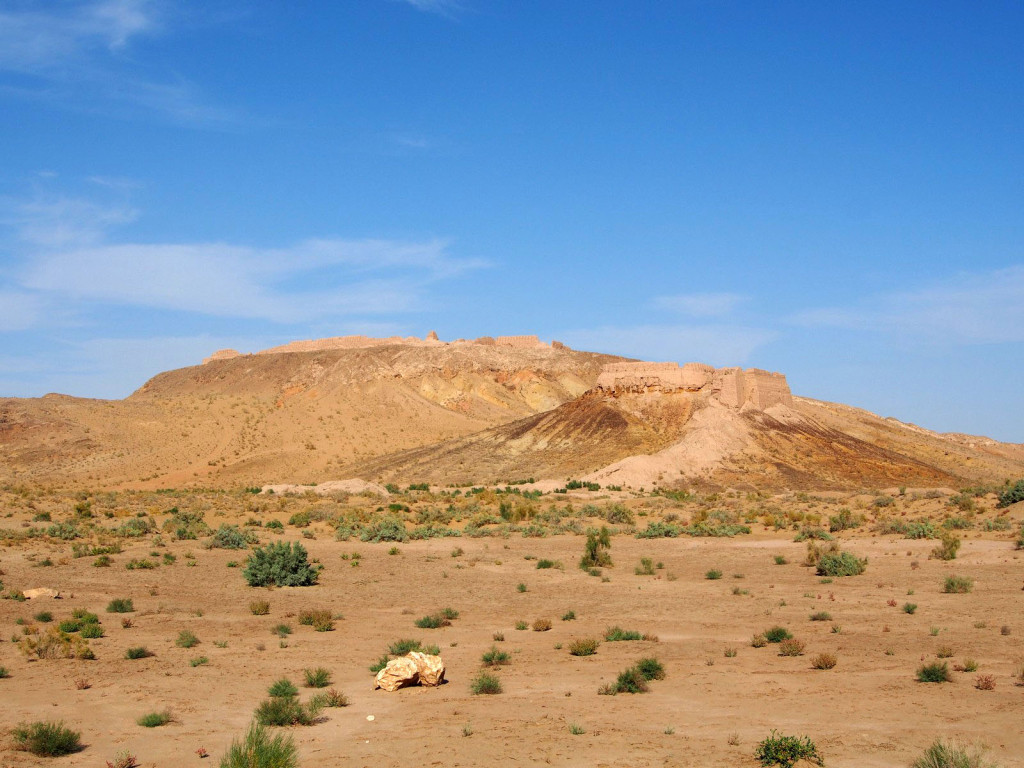
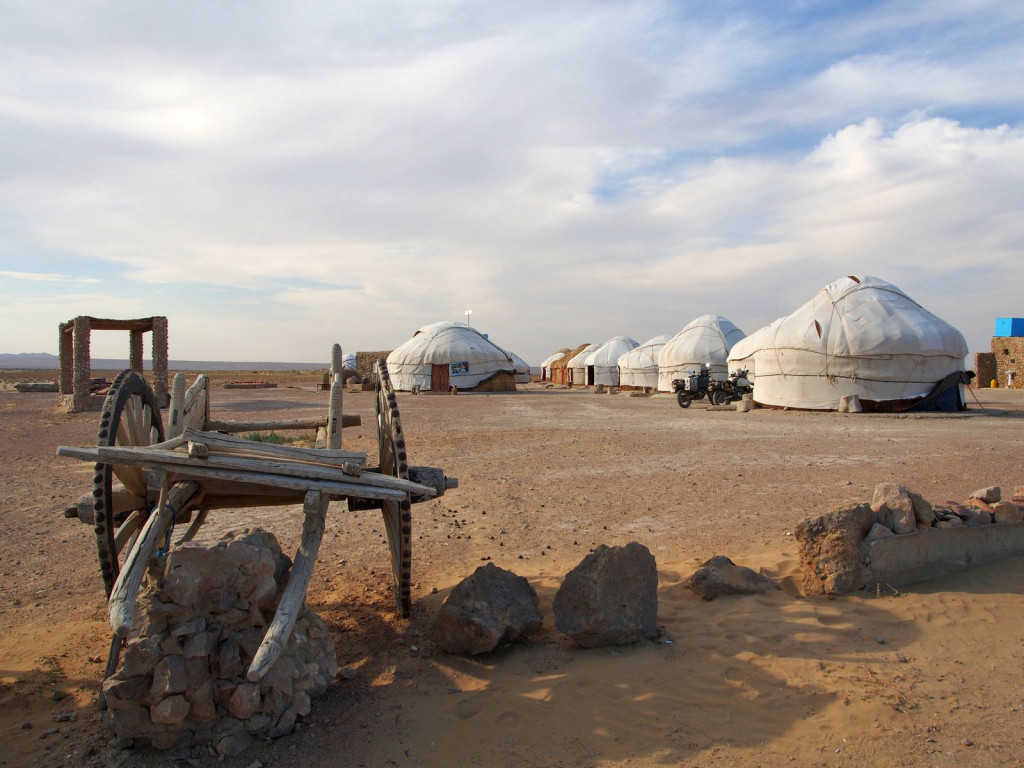
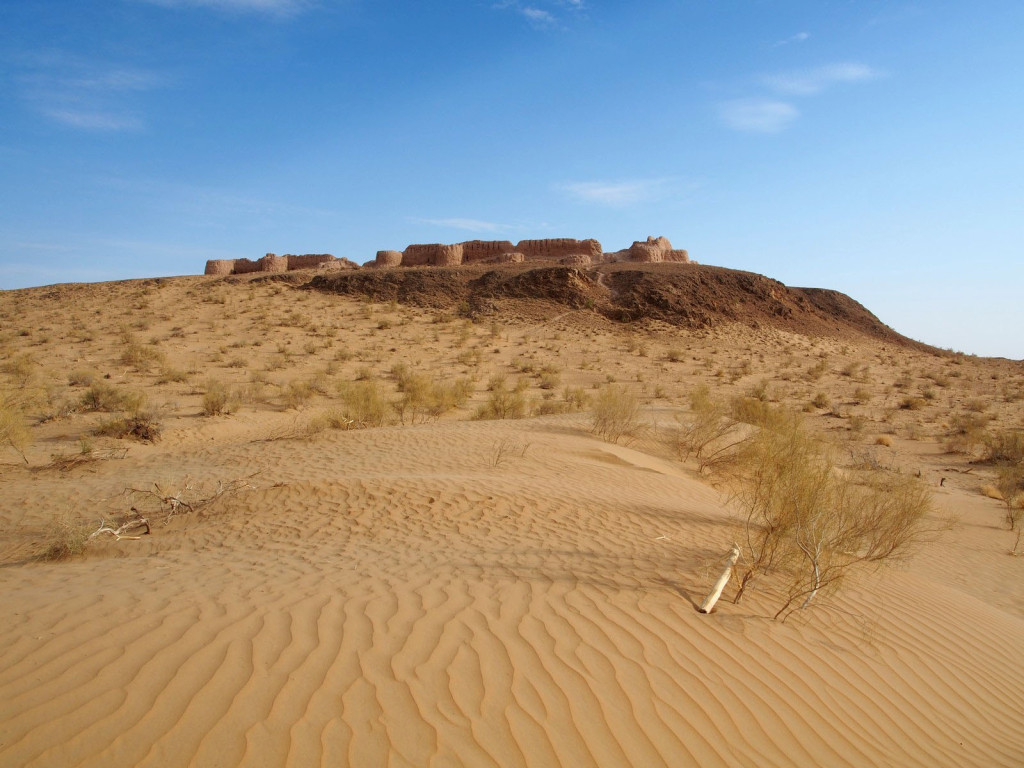
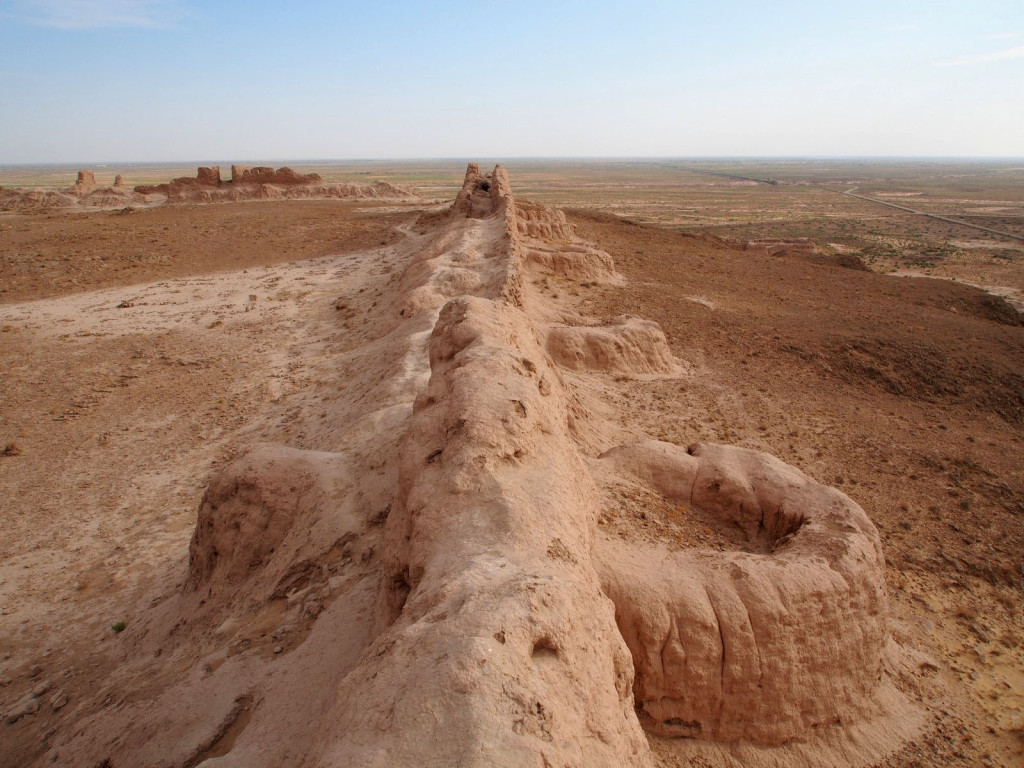
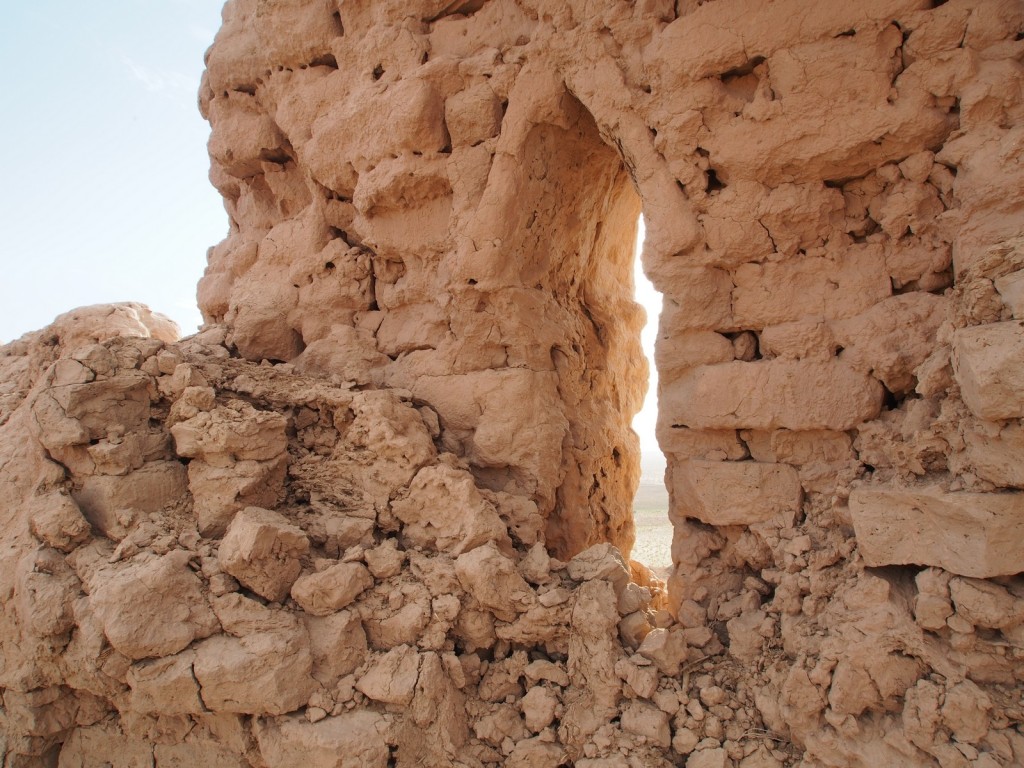
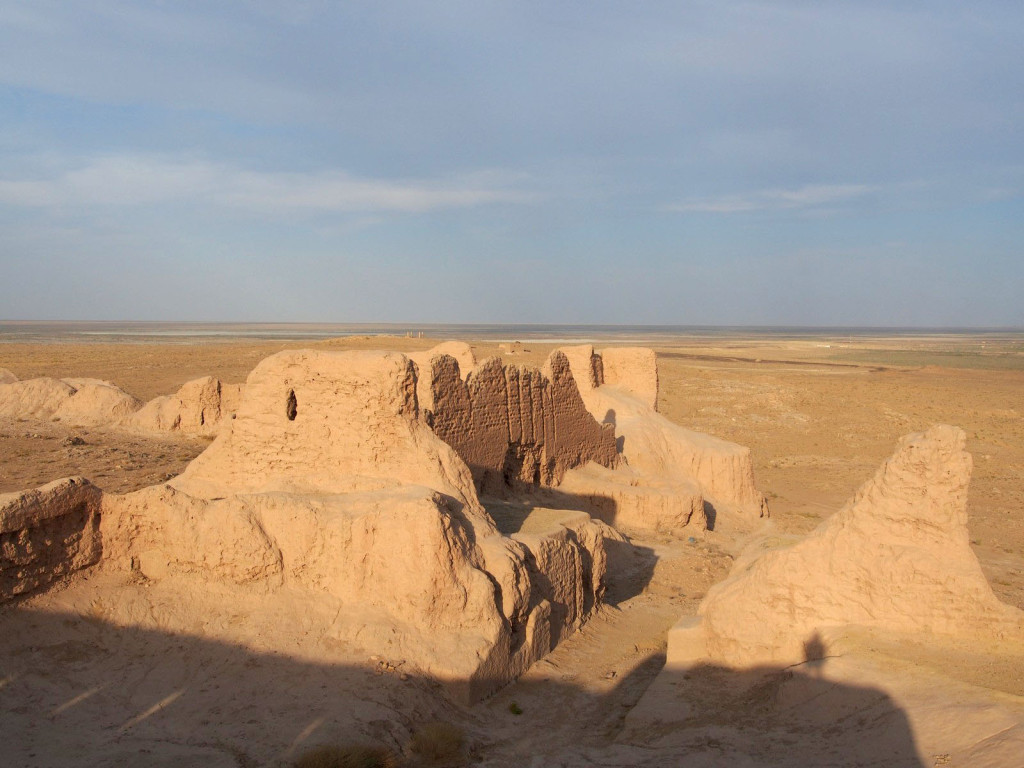
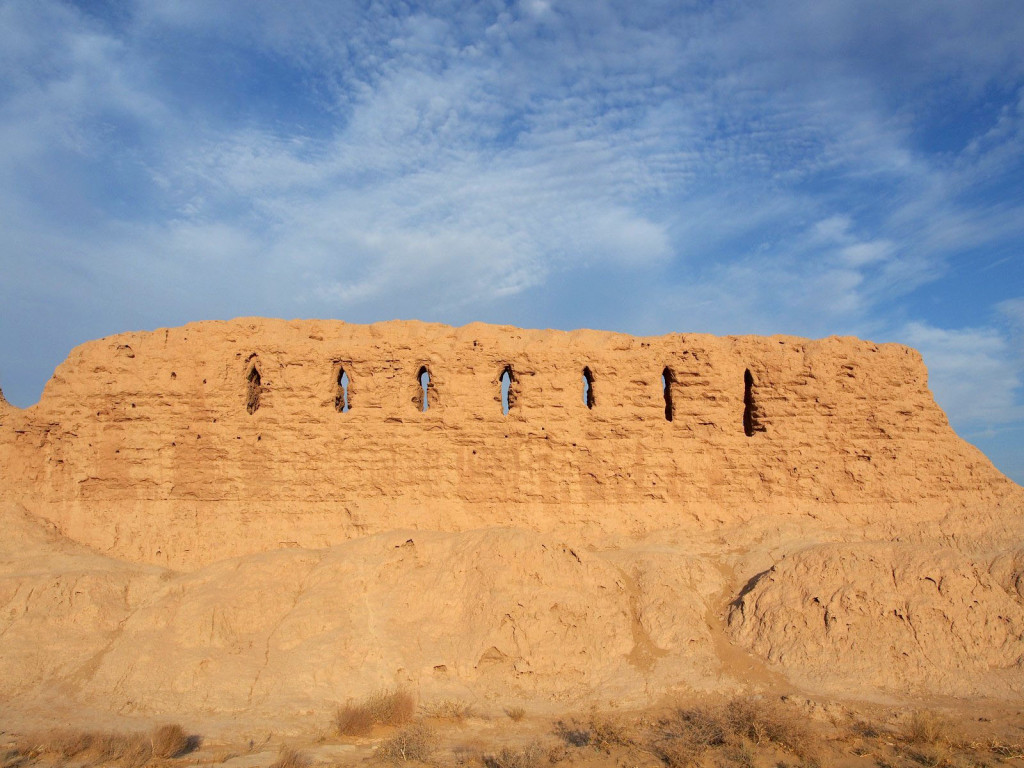
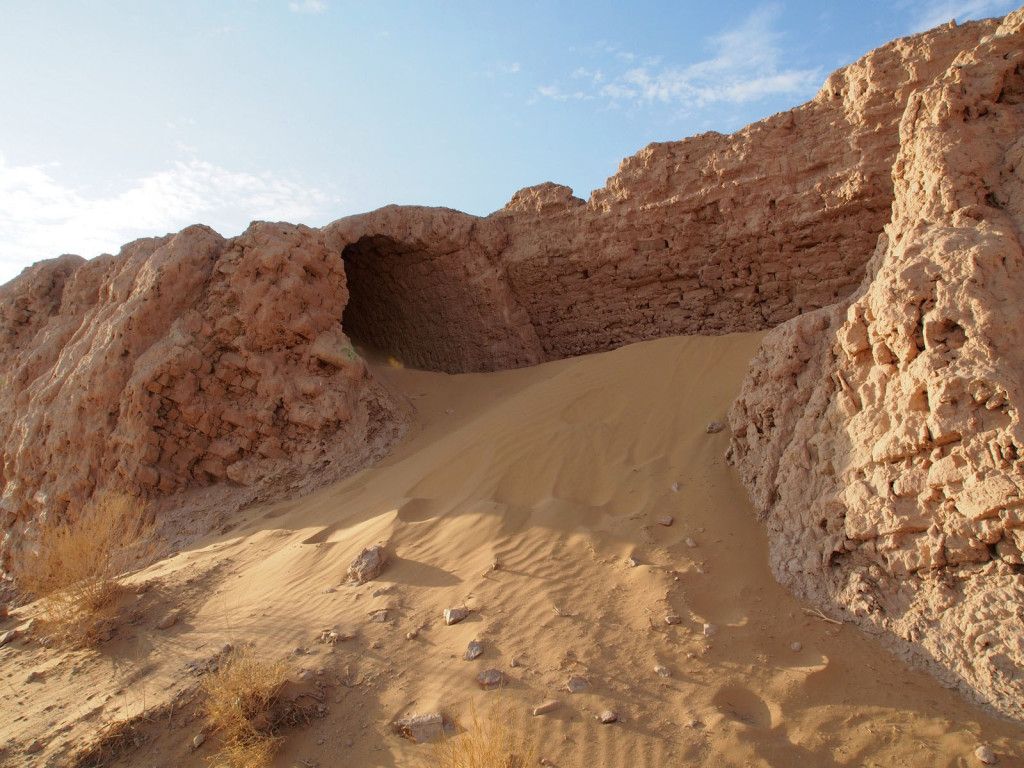
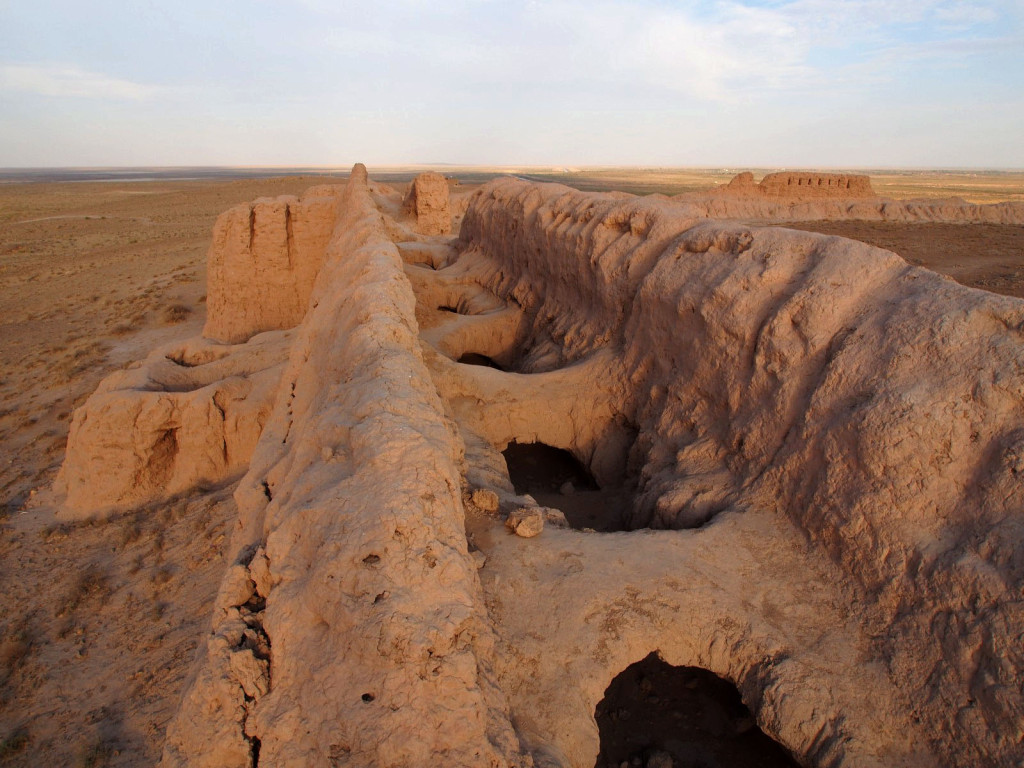
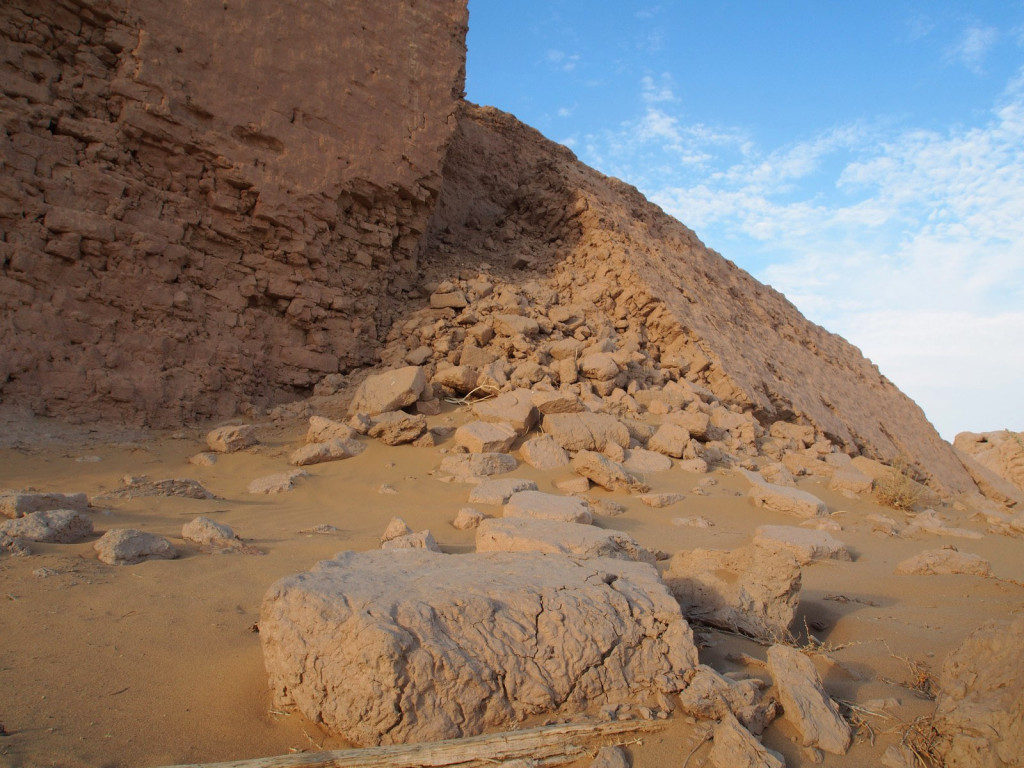
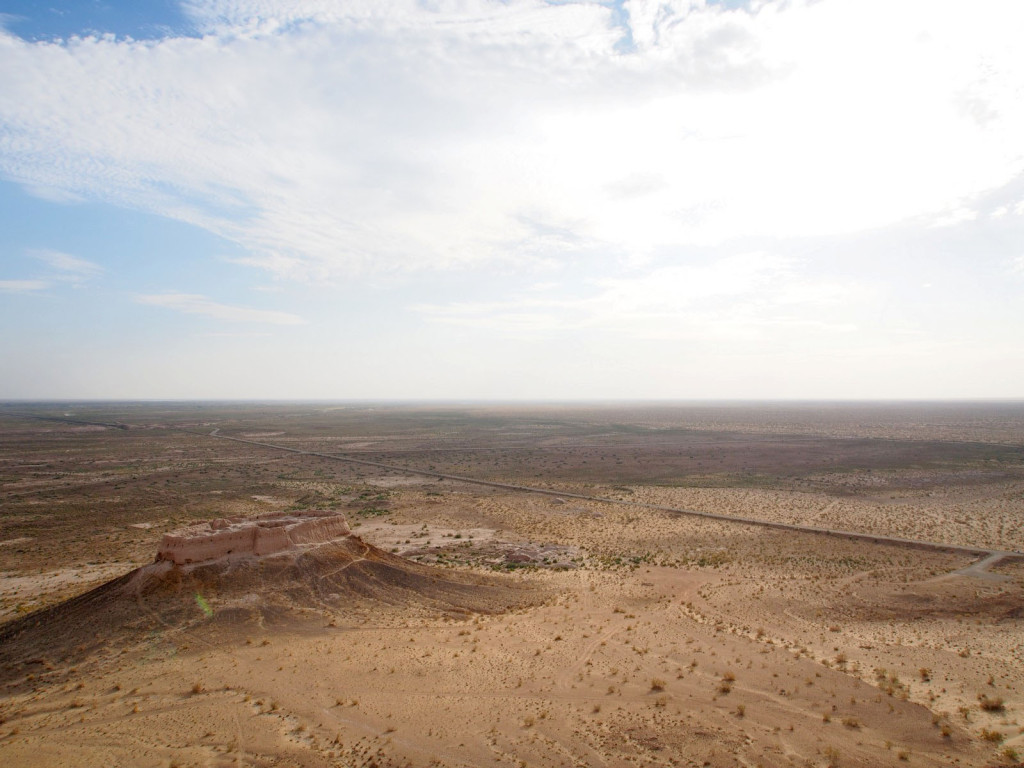
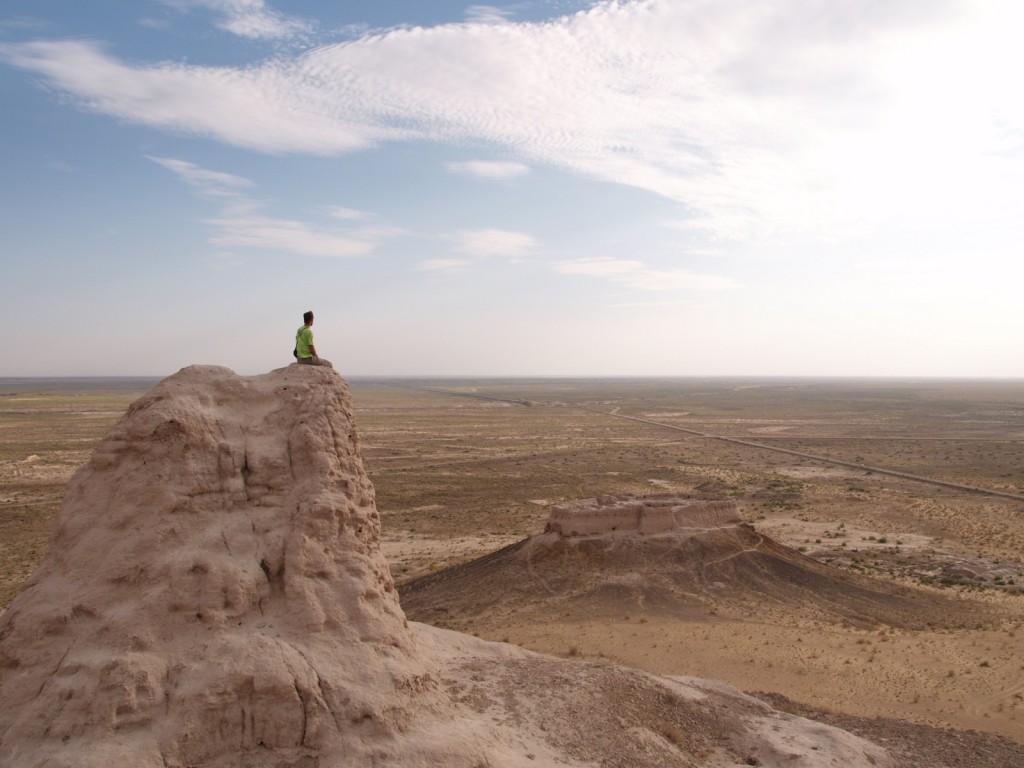
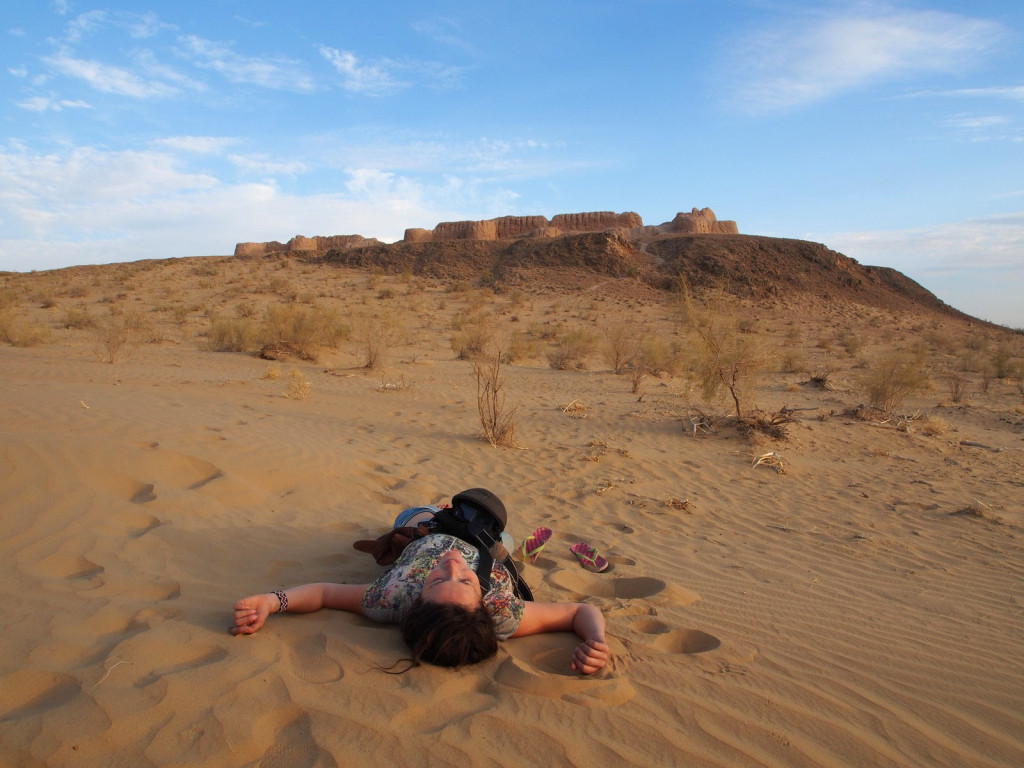
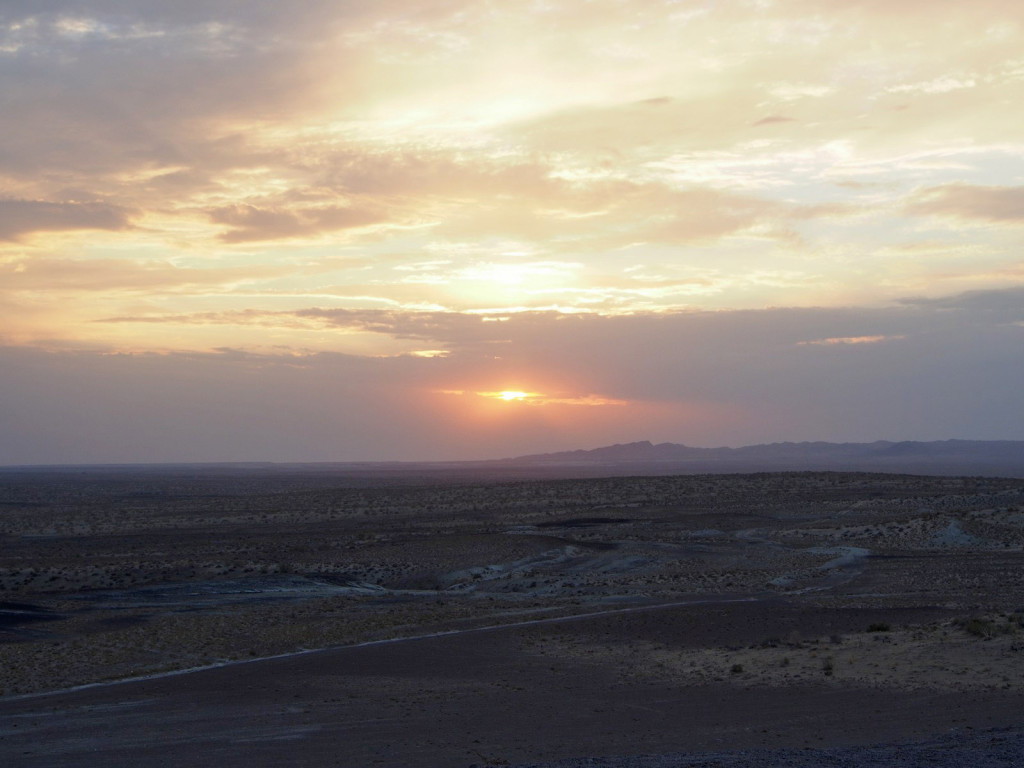
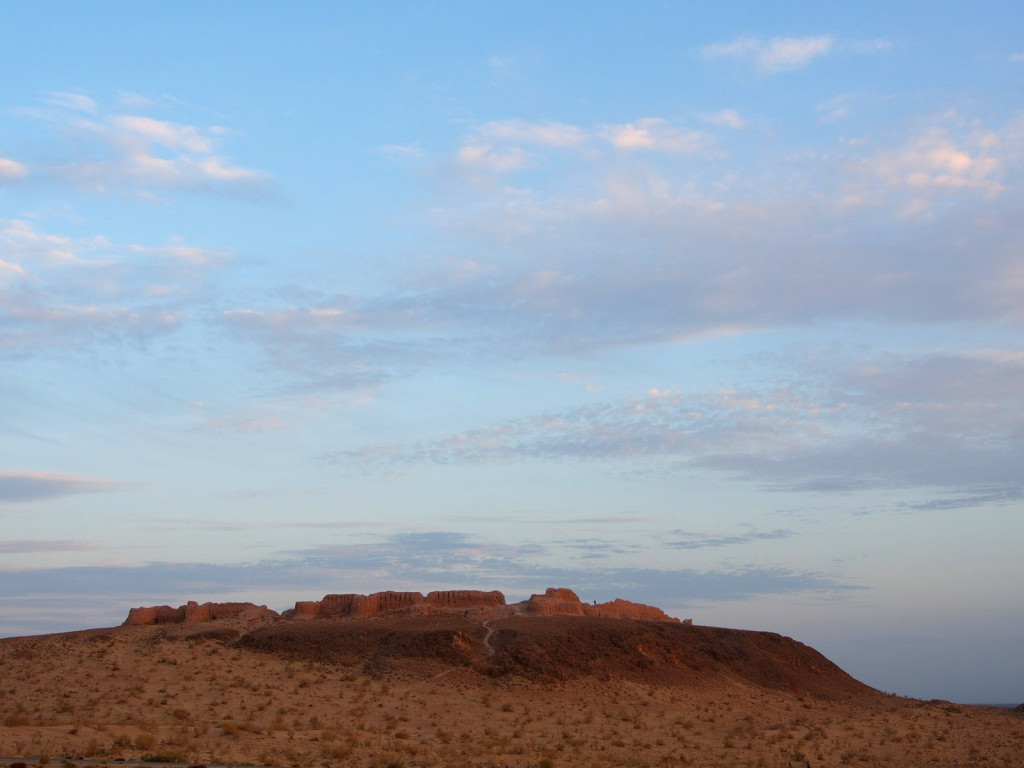


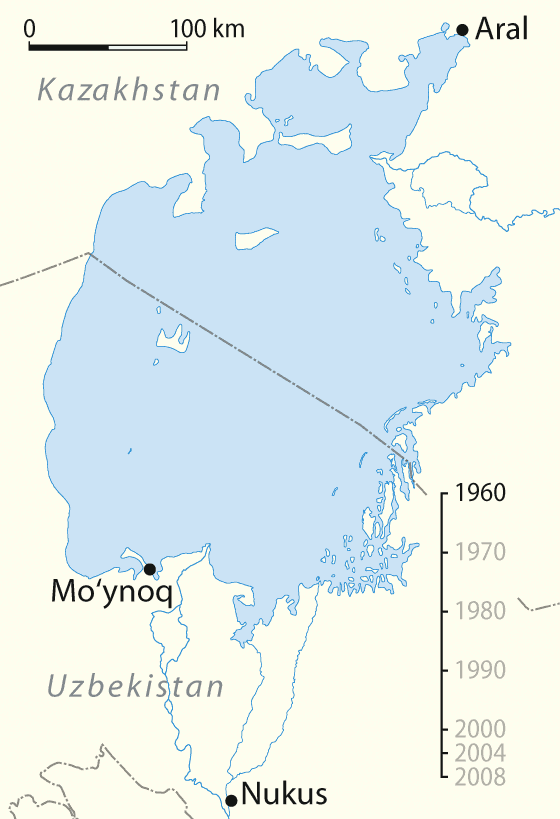


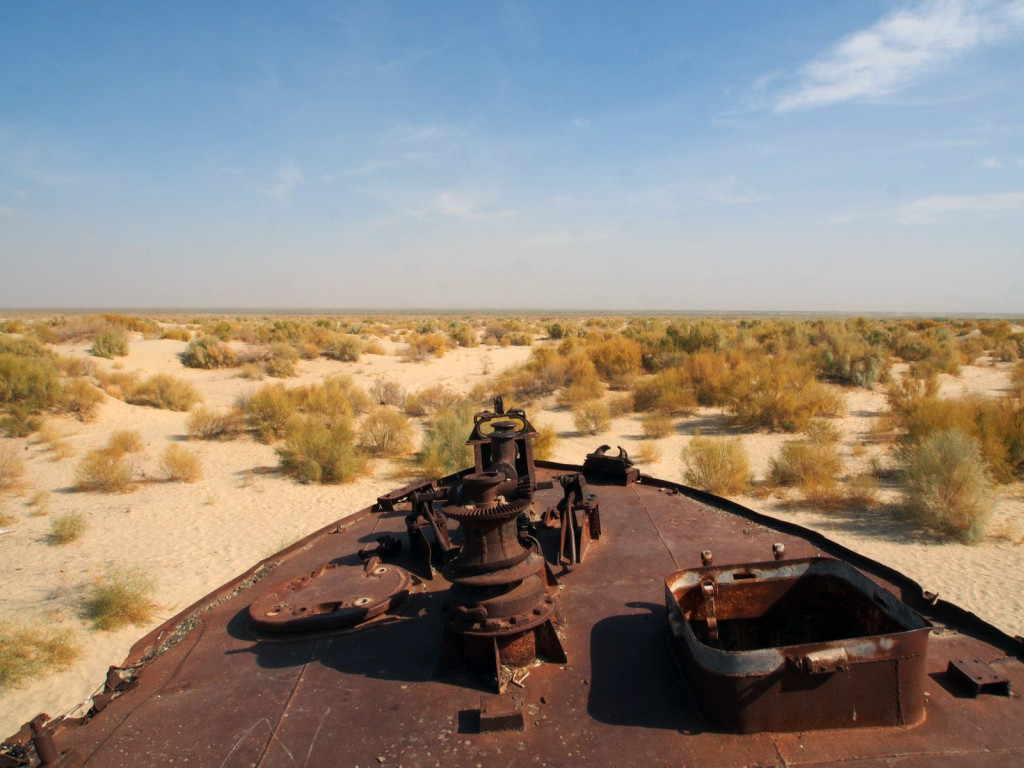
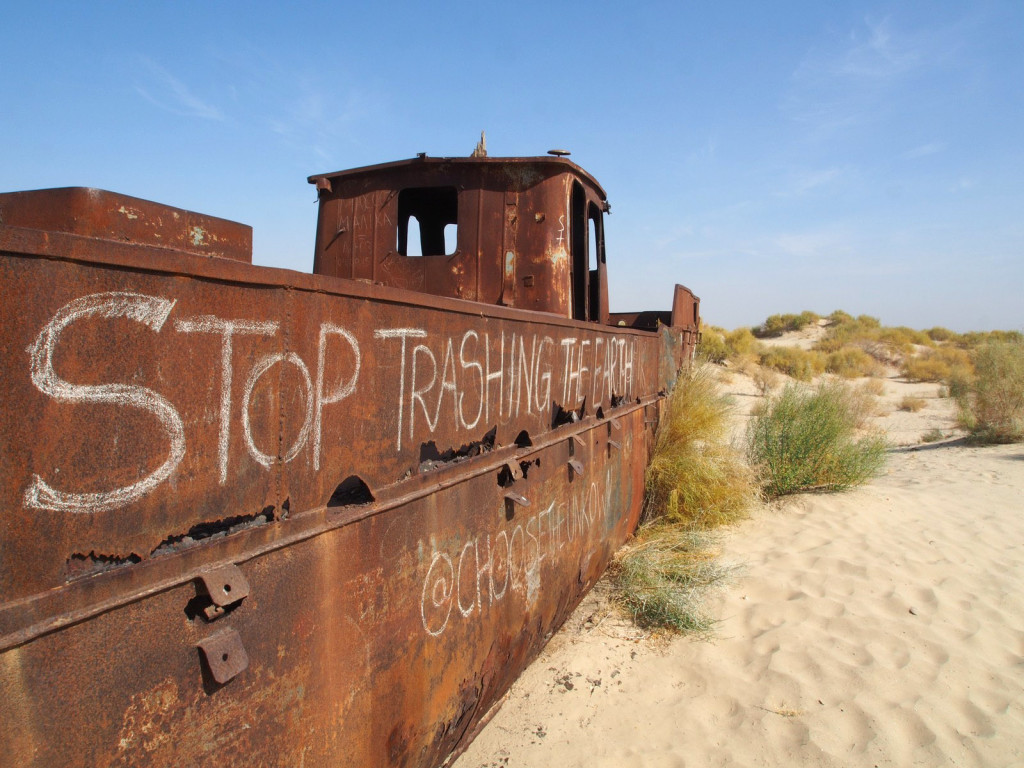
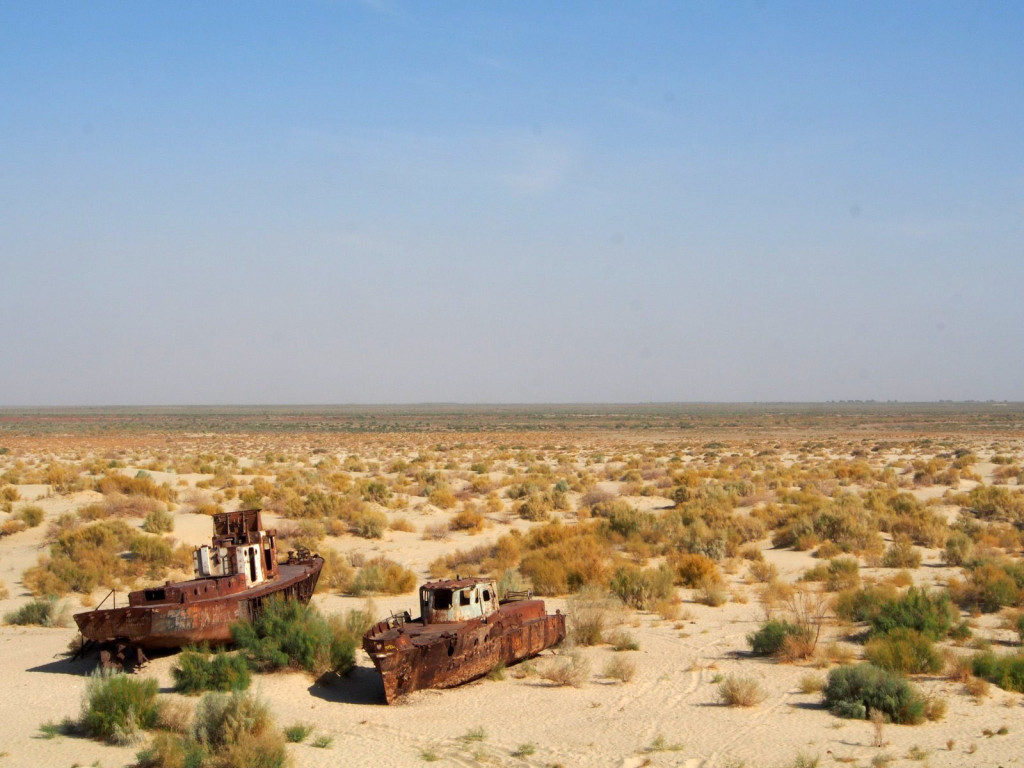

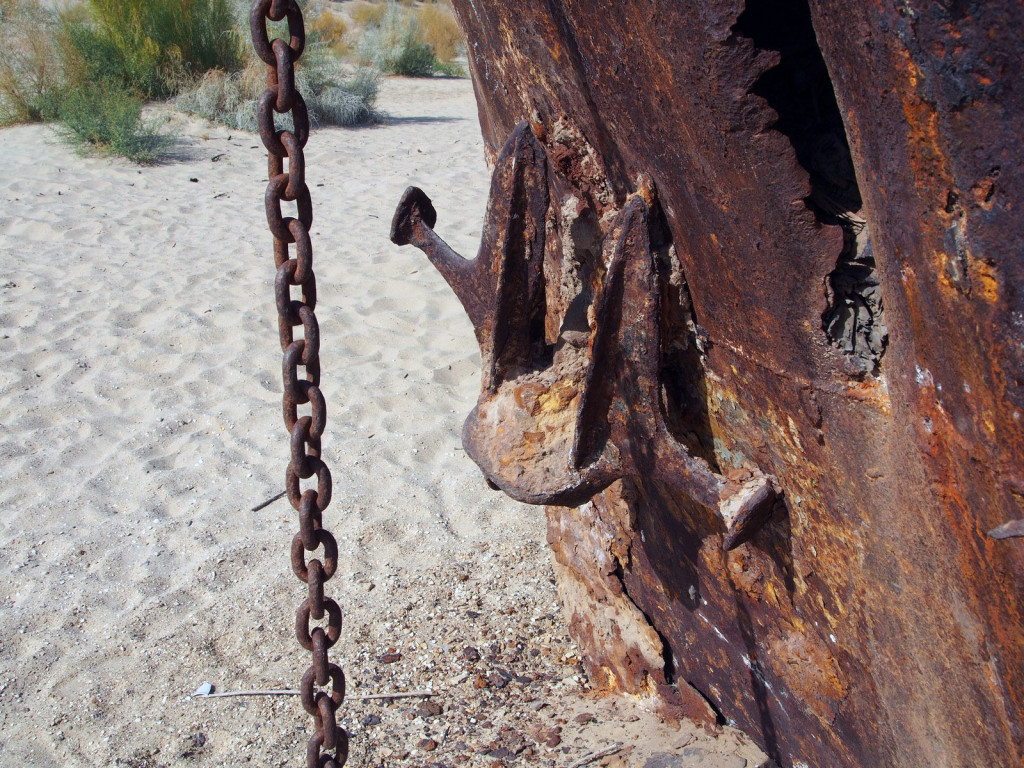
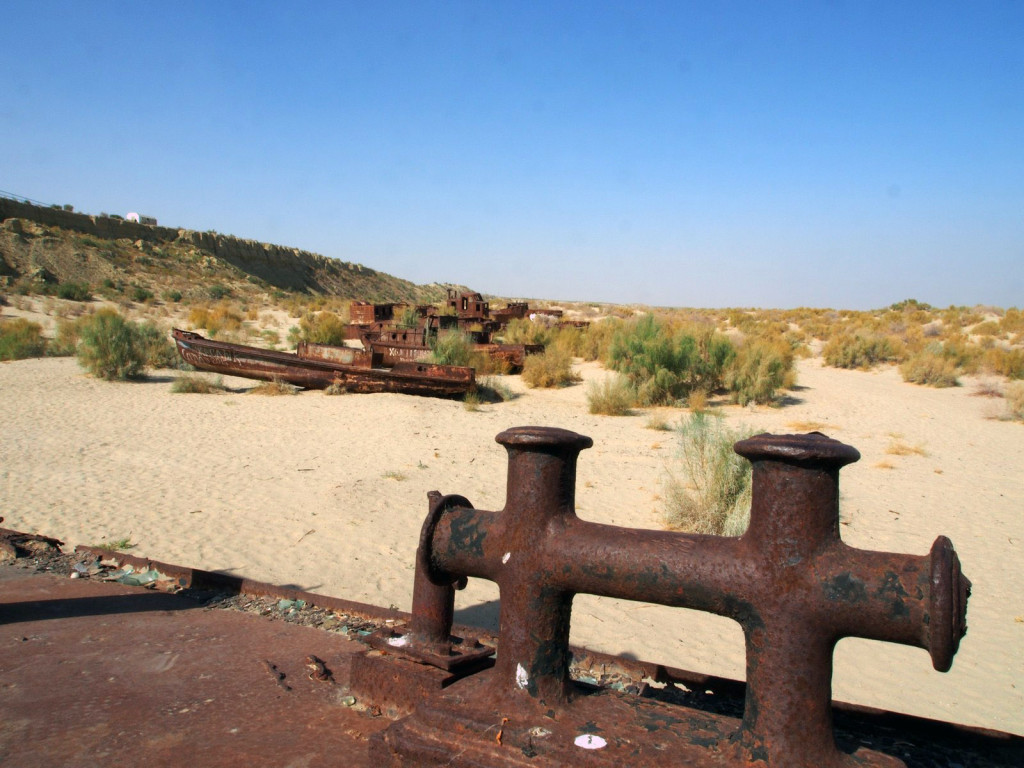
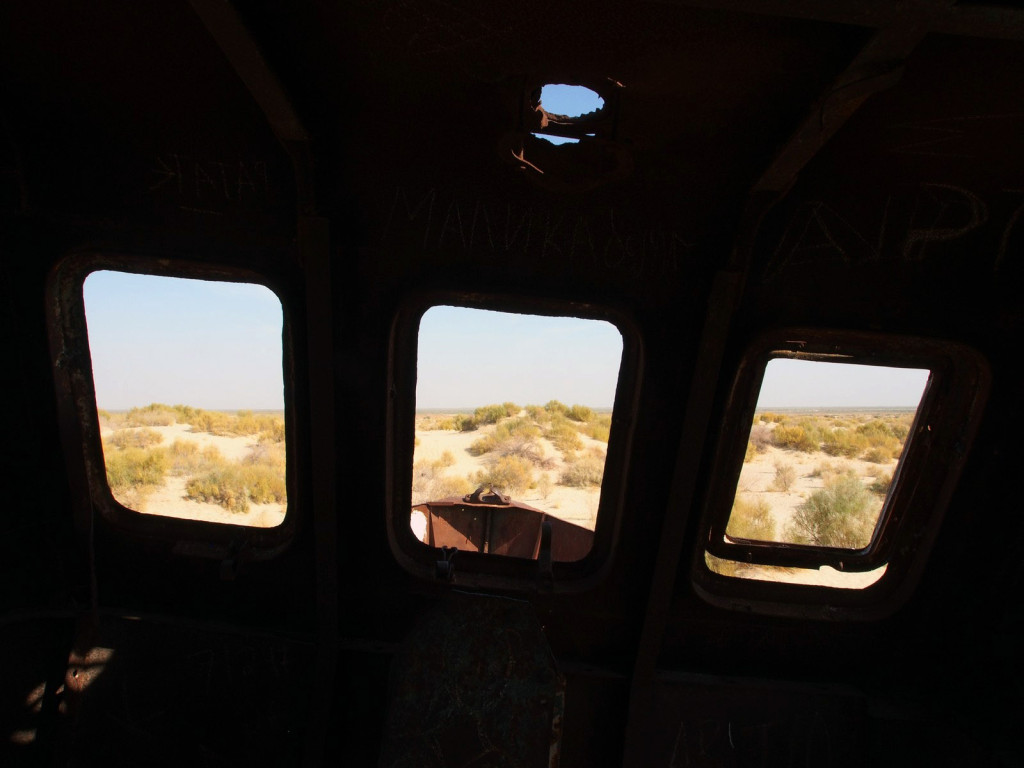
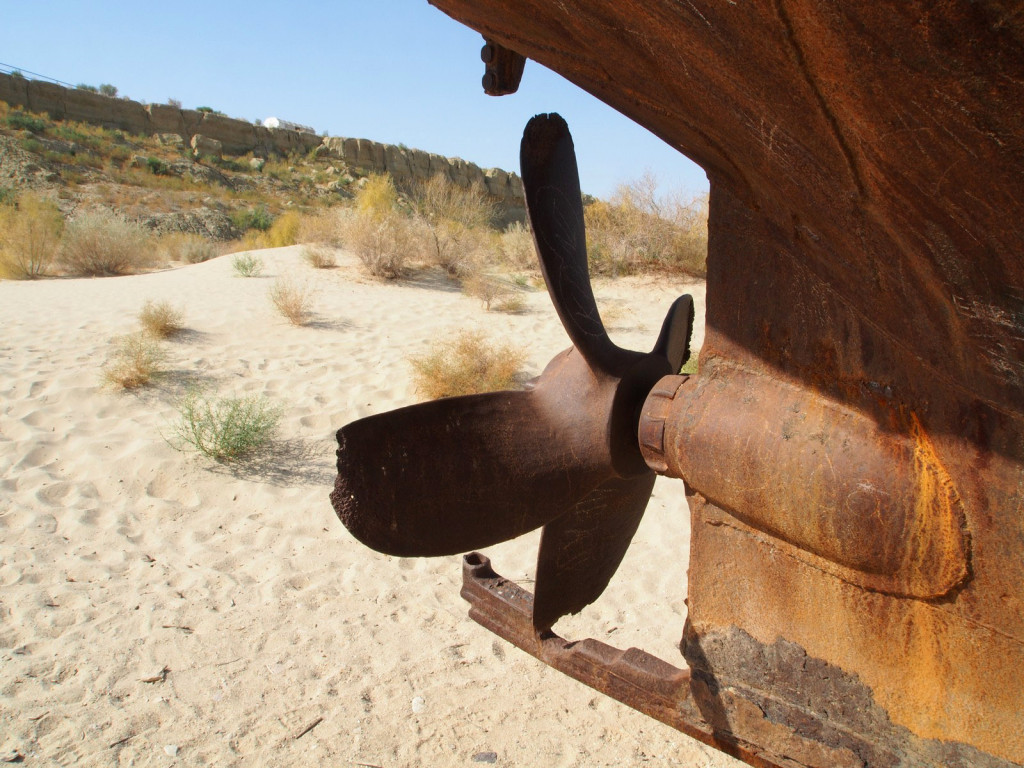
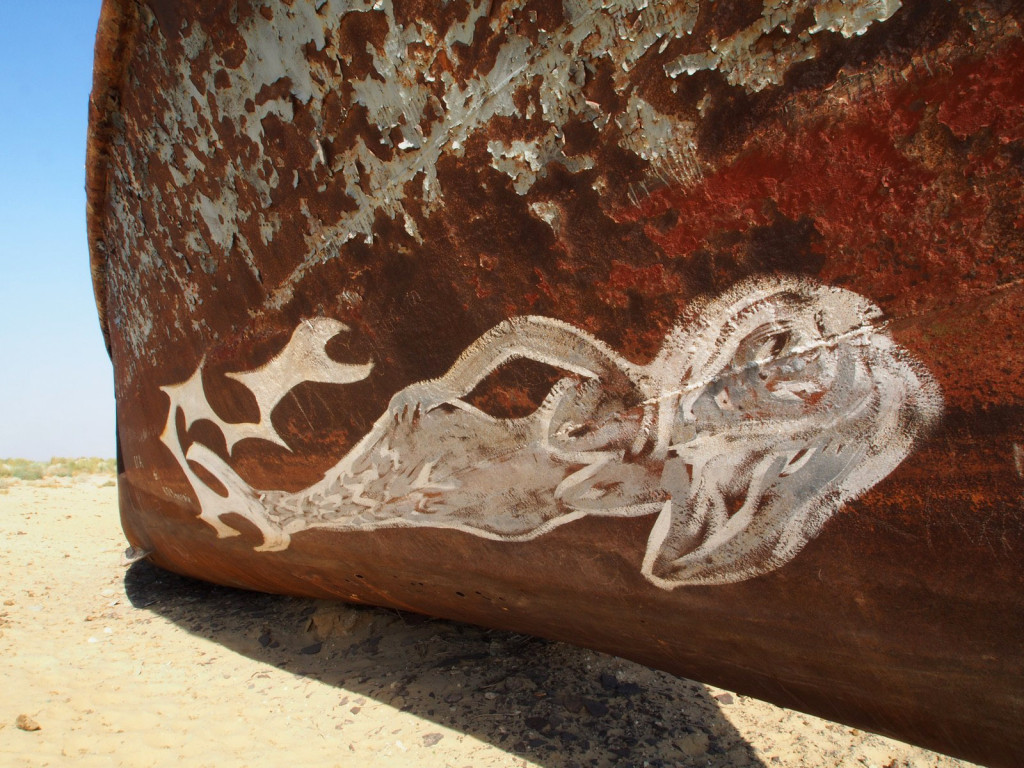
Your amazing photos of the mud brick cities bring back all the memories of travelling there too so long ago now.
Definitely remember visiting Topraq Qala though the name had slipped away until you mentioned it. Great writing and pictures as usual David!